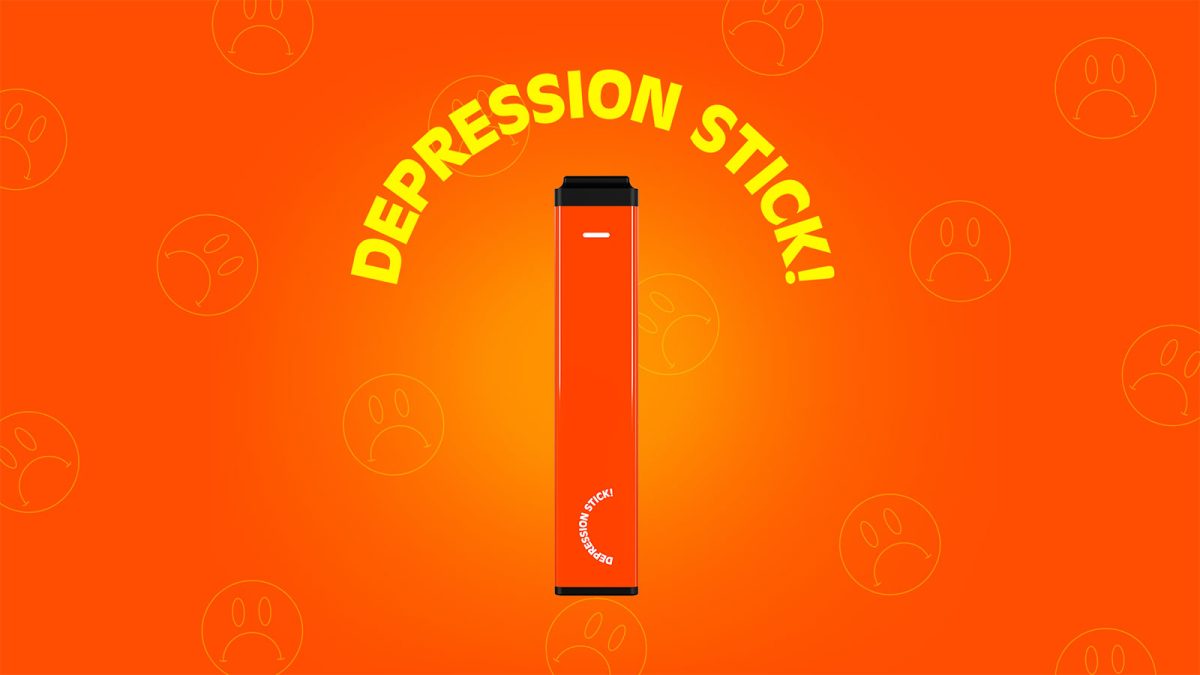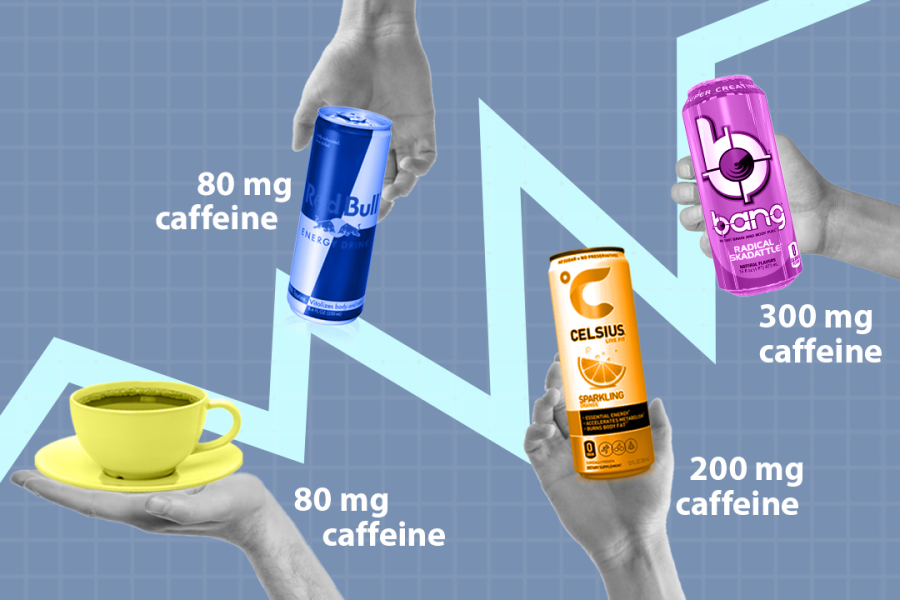Anti-vaping ads have been seen all over the internet and world, whether it be before your next Youtube video or the next scroll on TikTok. These videos last about 15 to 30 seconds and rake in millions of views. There’s just one problem, these advertisements do not work effectively.
Anti-smoking ads have been around since 1982. The first anti-smoking ad was produced by the government. The rule was made by the Federal Communications Commission Fairness Doctrine, which ruled broadcasters must run an anti-smoking ad for every cigarette ad run. In the 1990s many anti-cigarette commercials were run to prevent the usage of cigarettes. The most effective forms of these advertisements were personalized story ads or emotionally provocative ads. The “Truth” campaign runs ads that are extremely easy to process and have little to no meaning to anyone. Using phrases such as “May lead to cancer” or “May be inhaling metals” does not strike someone the same as watching somebody go through the effects of vaping.
Tobacco companies have had long standing legal and political issues. In 1982, Minnesota was the first state to begin marketing against cigarette companies. In turn, the tobacco industry made the “Helping Youth Decide” campaign. This was made to stop and prevent effectiveness of the new advertisements being made against cigarettes. By the 1990’s tobacco companies fully convinced the Minnesota government to stop funding these commercials. Tobacco companies made more than 25 billion dollars on tobacco products. In California many advertisements were being made to prevent the use of tobacco and smoking, the tobacco lawyers then began to sue the advertisers for defamation. They would continue to air these controversial ads until the governor of California, Pete Wilson made the advertisers take the ad down.
Many political campaigns have also failed. The “Just Say No” and D.A.R.E. campaigns were both seen as jokes and nothing more. These commercials were released in the 1980s and 1990s, they would follow celebrities telling children to not do drugs, because children love listening to authoritative figures telling them what they can and cannot do. The D.A.R.E. and “Just Say No” programs were colossal failures. With numbers of drug and smoking use going up.
“The Real Cost” were created by the FDA to help prevent smoking and vaping. There are problems that arise from this, the FDA is controlled by our government which we have already learned can be swayed easily by large tobacco companies. Provocative ads like the story of Terrie Hall are much more significant than anti-smoking/vaping ads seen today. This commercial features longtime smoker Terri Hall who is no longer able to speak normally and must use a tracheostomy to speak. She tells the viewer to “Read a children’s storybook, or sing a lullaby. I wish I had – the only voice my grandson’s ever heard is this one.” Referring to her tracheostomy. Terrie Hall tragically passed away in 2013. As explained before, advertisements that produce strong emotional arousal, personal stories, or graphic portraits of health effects of smoking do better and stick with the audience more. Compared to anti-vaping advertisements seen today there is no personal connection, however, there are large metal monsters and lazy backdrops of islands and serene music that get destroyed halfway through the video. These advertisements certainly do not stick to a person the same as Terrie Hall’s story.
Truth has started a different type of campaign where there are bright lights and a happy voice telling us how vaping can lead to depression, very contradicting. Truth does make advertisements about personal stories and the effects of vaping. But the problem is the amount of viewership these advertisements are receiving. The “Depression Stick” and “CGI Monster” have a combined 178.3 million views. These anti-vaping companies are advertising quick, easy, and forgettable content instead of longer and more effective advertisements. The tobacco industry has such a large say on what should be produced or not. Although advertisements are being released only the smaller, less productive ones are being seen by the masses.
When going to the Truth website (thetruth.com) they begin with this, “We are *not* funded by Big Tobacco, no matter what your friend’s cousin told you. Barrett got some bad information, or made an assumption, and you know what they say about assumptions. (They belong on Reddit and Reddit alone.)” It is very clear that they are attempting to reach out to kids and not doing the best job, I have never heard that saying before. Truth says this is how their company was started “Basically, a massive thing called The Master Settlement Agreement happened when 46 states, the District of Columbia and 5 U.S. territories got together and sued the major tobacco companies to try to recover some of the billions of dollars spent caring for sick smokers. The tobacco companies settled out of court, signing an agreement to pay the states a certain amount of money—basically refunding some of what they’d spent—and the states then used small amounts of that money for all sorts of things, including roads and Truth Initiative.” The wording in this is confusing and tough to read and extremely unprofessional. These advertisements clearly are not working. Still 30% of cancer related deaths are due to smoking, that number is far too high. In 2022 Truth spent 115 million dollars on advertisements. That’s a lot of money you may be thinking, it is until you learn how much money Truth made in that year. They are around a 700 million dollar group. One seventh of their company make up is actually going to advertisements.
Our country is once again on the road to failure with these anti-smoking and vaping advertisements. There must be something done to combat these lackluster advertisements that do nothing but pretend they are preventing the use of cigarettes and vaping.










